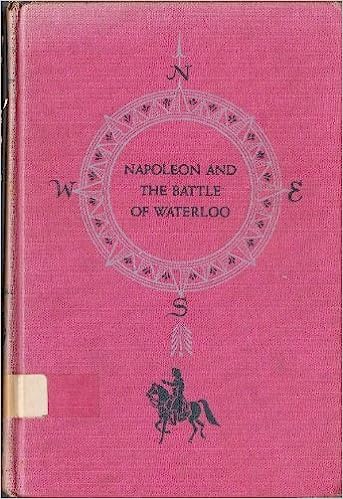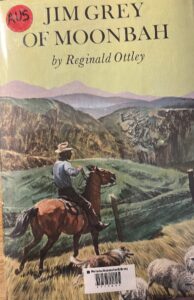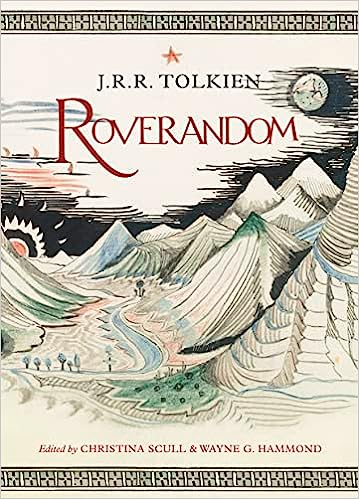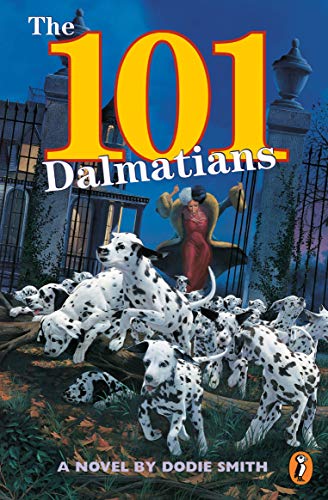I read the Landmark book about Adolf Hitler earlier this year, and I couldn’t help comparing as I read this Landmark book about another would-be conqueror, Napoleon. The author of Napoleon and the Battle of Waterloo has the advantage, and the disadvantage, of distance from her subject. Maybe the havoc and death that resulted from Napoleon’s ambition over two hundred years ago just doesn’t feel as bad as Hitler’s evil deeds that are only seventy-five or so years in the past. Or maybe Napoleon, unlike Hitler, did have his good side.
Anyway, Winwar tells the story of Napoleon well, and with the semblance of objectivity. She goes through the events of his life from his birth in 1769 to a Corsican rebel lieutenant and his wife to his defeat at Waterloo and his exile and death on another island, St. Helena. Napoleon’s father was a rebel against the French occupation of the island of Corsica, and Napoleon himself became the personification of French identity and patriotism. I learned some facts about Napoleon and his empire, built and lost. And Winwar’s summary at the end of her book seems fair:
“Napoleon, however, left behind him a legend and a moral lesson. He showed what a man can accomplish through strength of purpose, courage, and imagination. He destroyed the last remnants of feudalism in Europe and abolished the Inquisition in Spain. He helped to build the modern code of laws. He encouraged art and science and education.
But once he gained power he paired it with his colossal ambition. The two, like fiery steeds driven recklessly for his own glory, plunged him and his empire to destruction. So great was his fall at Waterloo that since then all defeat has been known by its name.”
I can’t quite imagine a similar recitation of Hitler’s legendary feats and his fall. And yet Napoleon’s ambition and egomania was responsible for a great deal of suffering and death for the French people and for the other peoples of Europe. His colossal ambition was just as disproportionate and damaging as Hitler’s was, but without the tanks, sophisticated and deadly weaponry, and death camps. I wonder if the people of the eighteenth and early nineteenth centuries who were closer to the results of Napoleon’s reign would have given him credit for “strength of purpose, courage and imagination.” Distance in time can give us perspective, but is it an accurate and truthful perspective?










